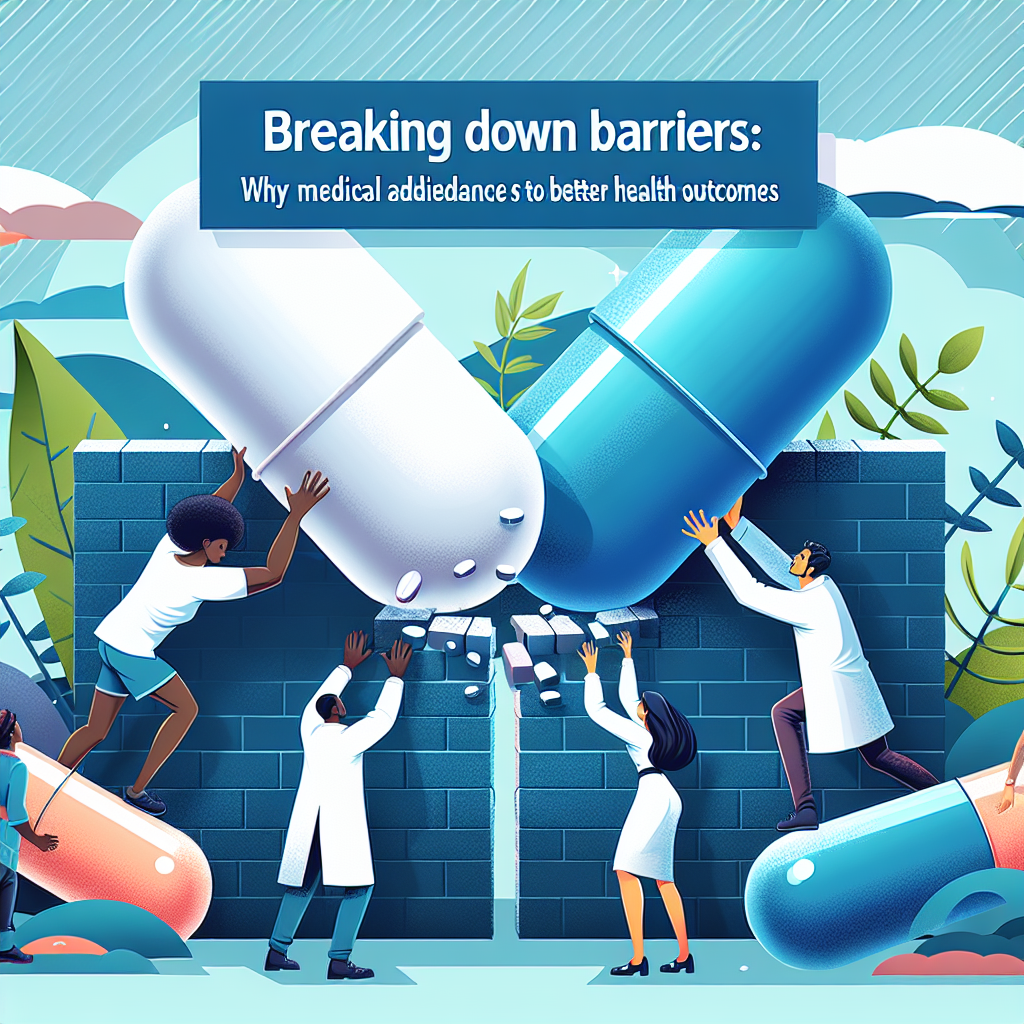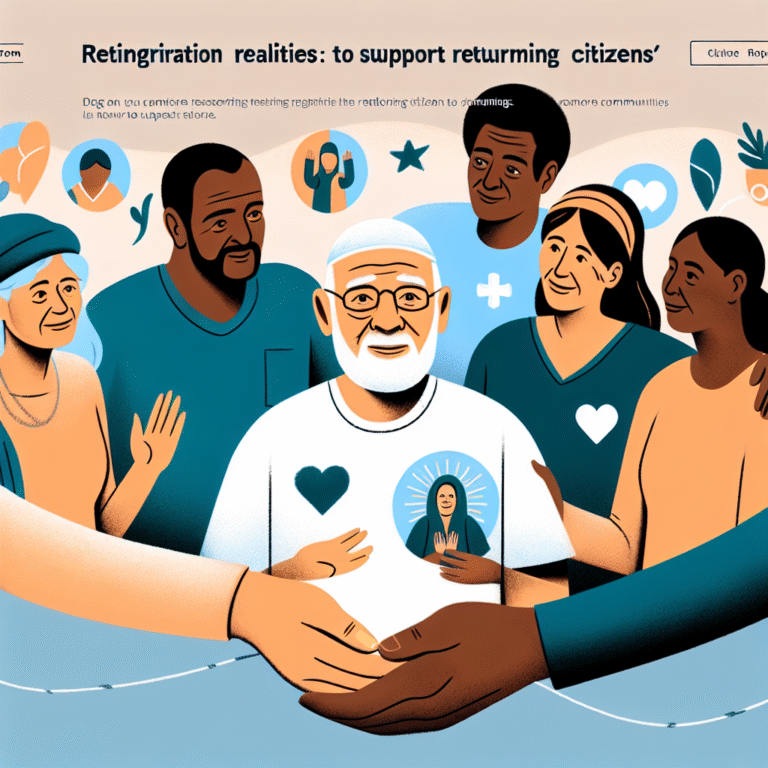
Introduction
In the world of healthcare, very few concepts are as crucial to improving patient outcomes as medical adherence. Often overlooked, consistent adherence to prescribed treatment regimens is the linchpin connecting patients, healthcare providers, and overall health management. The phrase "Breaking Down Barriers: Why Medical Adherence is Key to Better Health Outcomes" encapsulates a vital truth: without adherence, even the most advanced medical interventions fall short. In this article, we will delve deeply into the multifaceted challenges of medical adherence, explore compelling case studies, and uncover actionable strategies for patients and healthcare professionals alike.
Understanding Medical Adherence
What is Medical Adherence?
Medical adherence refers to the extent to which a patient follows medical advice regarding medications, seeing healthcare providers, and managing lifestyle changes. Adherence can be classified into:
- Therapeutic adherence: Following treatment plans (medications, therapy).
- Appointment adherence: Keeping scheduled medical appointments.
- Lifestyle adherence: Complying with recommended lifestyle changes (diet, exercise).
The Costs of Non-Adherence
The statistics are staggering. According to the World Health Organization, non-adherence rates for chronic diseases can reach 50%. This leads not just to worsening of health conditions but also to increased healthcare costs. A 2018 study found that non-adherence to medications can lead to an additional $300 billion burden annually on the healthcare system in the United States alone. This highlights the pressing need for strategies aimed at breaking down barriers to adherence.
Barriers to Medical Adherence
1. Knowledge Gaps
Patients often lack adequate knowledge about their conditions and the importance of adherence to treatment plans. This gap can lead to misunderstandings and a diminished sense of urgency.
Case Study: A 50-year-old patient diagnosed with hypertension didn’t take her medications regularly because she believed her symptoms were manageable through diet alone. After an educational session with her healthcare provider, which included detailed explanations of hypertension and its risks, her adherence improved significantly, resulting in better health outcomes.
2. Psychological Factors
Mental health conditions such as depression and anxiety can greatly impact a patient’s motivation to adhere to medical advice.
Case Study: A recent observational study found that patients with depression were 40% less likely to adhere to medication regimens compared to their non-depressed counterparts. Tailored mental health support improved adherence rates, showcasing the necessity of addressing psychological well-being as part of treatment.
3. Financial Constraints
The burden of prescription drug costs can create a significant barrier to adherence. Inadequate insurance coverage exacerbates this problem.
Case Study: In a large community health study, it was revealed that uninsured patients with chronic illnesses had adherence rates of just 30%. In contrast, those with comprehensive insurance coverage reported adherence rates of approximately 70%. This emphasizes the need for systemic changes in how healthcare costs are borne by patients.
4. Complexity of Treatment Regimens
With increasing complexity in treatment plans, including multiple medications, it’s easy for patients to feel overwhelmed.
Table 1: Complexity and Non-Adherence Rates
| Number of Medications | Average Adherence Rate (%) |
|---|---|
| 1-2 | 78 |
| 3-4 | 65 |
| 5+ | 40 |
This table illustrates the inverse relationship between the complexity of treatment regimens and adherence rates. Simplifying regimens can help foster better adherence.
5. Communication Barriers
The doctor-patient relationship is not always conducive to fostering adherence. Miscommunication can deter patients from following medical advice.
Case Study: A qualitative study of diabetic patients revealed that those who felt their healthcare providers listened to them were 60% more likely to adhere to treatment recommendations. Communication strategies, including shared decision-making, are crucial for adherence.
Strategies for Improving Medical Adherence
1. Education and Empowerment
Empowering patients through education can significantly improve adherence. Healthcare providers should ensure their patients understand not only the “how” but also the “why” behind their treatments.
2. Economic Support
Offering financial aid or sliding scale payment options can alleviate some of the financial burdens associated with medications. Implementing programs that assist patients with low-income status can foster adherence.
3. Simplifying Treatment Regimens
Streamlining medications or grouping doses can mitigate the complexity that often leads to poor adherence. Consider using combination pills when appropriate to reduce pill burden.
4. Leveraging Technology
Apps and reminders can serve as vital tools to enhance adherence. Electronic pill dispensers or telehealth check-ins provide patients with supportive frameworks as they navigate their healthcare journey.
5. Strengthening Patient-Provider Relationships
Encouraging open dialogue fosters a strengthening of trust and improves adherence. Regular follow-ups, empathy, and active listening play pivotal roles in this relationship.
Conclusion
Breaking Down Barriers: Why Medical Adherence is Key to Better Health Outcomes cannot be overstated. By prioritizing education, addressing economic barriers, and fostering open communication, healthcare providers can empower patients, leading to improved adherence and better health outcomes. The commitment to breaking down these barriers is essential not just for individual patients but for society as a whole.
FAQs
1. What is the definition of medical adherence?
Medical adherence refers to the extent to which a patient correctly follows medical advice, including taking medications, attending appointments, and making recommended lifestyle changes.
2. Why is medical adherence important?
Medical adherence is crucial for optimal health outcomes because non-adherence can lead to disease progression, increased healthcare costs, and reduced quality of life.
3. What are common barriers to medical adherence?
Common barriers include knowledge gaps, psychological factors, financial constraints, complexity of treatment regimens, and communication barriers with healthcare providers.
4. How can healthcare providers improve adherence in patients?
Healthcare providers can improve adherence by focusing on patient education, simplifying treatment plans, providing financial support, using technology for reminders, and fostering strong patient-provider relationships.
5. How prevalent is non-adherence in chronic disease management?
Non-adherence rates for chronic diseases can be as high as 50%, indicating a significant public health challenge that needs to be addressed for better health outcomes.
In closing, understanding and addressing medical adherence is vital to improving overall health outcomes. With actionable strategies and heightened awareness, we can work together to break down barriers to adherence, making strides towards a healthier future for all.


















